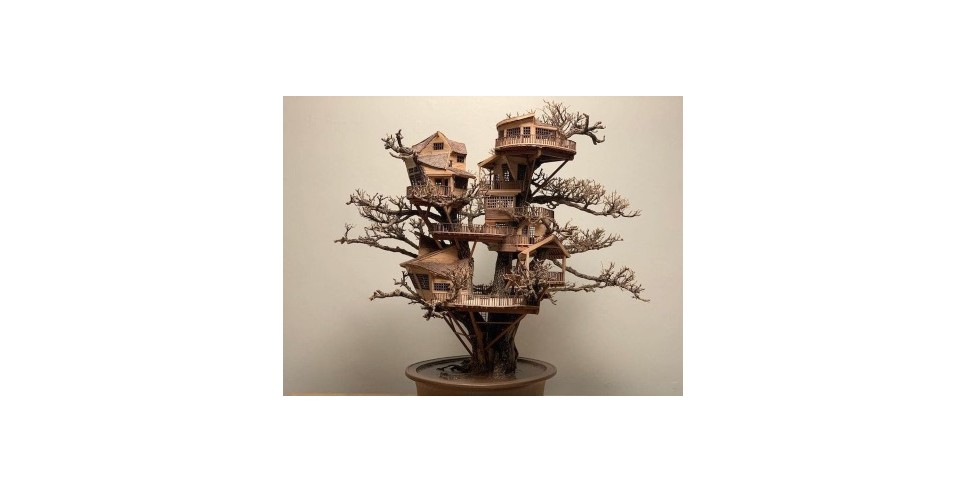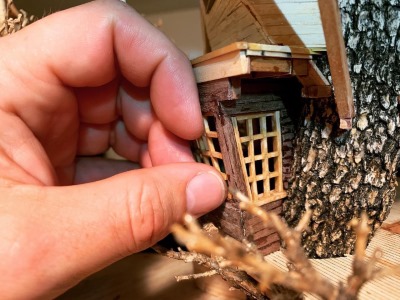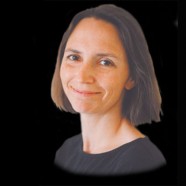
Work, career, occupation, vocation – sometimes these terms are slung about interchangeably. Yet any devoted reader or wordsmith could parse the nuances each word conveys.
This is the story of a fellow who had a successful, full-time career, but who also discovered and adhered to a 40+ hours-a-week vocation outside of his day job.
For the better part of a decade, Dave Creek was the Lead Character Designer on the long-running animated sitcom “Bob’s Burgers.” His success in the zany, California-based entertainment industry satisfied one facet of his personality, but Dave was not one to rest on his laurels. From childhood on, he’d had an irrepressibly adventurous spirit, which led him to spend as much time outdoors as possible – building forts and climbing trees during his younger years, and turning to hiking and skydiving when he became an adult.
These activities were about more than scoring the next adrenaline rush. Dave had always felt a deep connection with nature, and his abundant creative juices compelled him to seek his “own personal spin on things.”
Growing up in Washington State, Dave had seen the exquisite miniature trees on display at Pacific Bonsai Museum in Federal Way (WA), and eventually became a bonsai practitioner, himself. But he didn’t really hit his stride – what he called “My Own Thing” – until he combined the fort-making impulses of his youth, with the tiny trees of his adulthood.
“It took me almost 30 years to narrow down all the things I was interested in, and enjoyed doing. Things I considered dedicating my life to,” Dave reflected. “Then I came upon ‘this’ bonsai tree preservation & building process thingy.”
His building process “thingy” involved the meticulous crafting of miniature treehouses, built to nestle organically within the branches of bonsai trees. The preservation part developed after Dave realized that it would be too hard on living bonsai to situate these treehouses amidst their branches. Instead, he switched over to rescuing other people’s failed bonsai projects from the trash heap, then preserving those tree skeletons in a painstaking procedure in order to use them as the foundational structure for the treehouses.
Dave’s first project took ten years to complete. It was a process of trial and error, of time spent figuring out the right tools, techniques, and building materials. The design of the treehouse took shape without preconceived notions – he built the structure in response to the tree’s unique framework of branches.
After completing that first project, he followed the same practice with each successive bonsai skeleton and bespoke treehouse. Each structure involved thousands of minute pieces – diminutive shingles for the rakishly skewed roofs, Lilliputian rope-ladders and staircases, tiny floorboards on decks equipped with miniature railings whose curves were governed by the branches that support them. Every finished piece became a beguiling invitation to imagine the world as perceived at that scale.
And while it never again took an entire decade to build any of the treehouses that followed, they still required thousands of hours of assiduous work. So, to avoid being cooped up inside all the time while working on these creations, Dave created a mobile workshop in a van. On weekends, he drove out to wilderness areas in the desert or mountains, opened up the side of the van, took out his work table, tools, and the project-in-process, and got to work, often engaging with hikers, birdwatchers, and other nature-lovers who passed by.
Now here comes the sad twist to this story.
There’s a reason this piece is written in the past tense. In 2021, Dave Creek died in a parachuting accident. The fact that he died doing something he loved didn’t necessarily make it any easier for his family and friends to accept.

But what they could do was take the legacy of miniature marvels he had built and share it with the world. Dave had actually spoken of his hope to take his tiny treehouses on tour, especially to children’s hospitals. He wanted to offer young patients a diversion from the medical issues they were contending with, by providing these treehouses as a kind of distilled passport to imagining different worlds. So, after his untimely death, Dave’s friends and family formed a nonprofit called Dave Creek’s Traveling Treehouses (DCTT) to realize Dave’s dream of sharing his creations in children’s hospitals and other public venues. And Dave’s sister, Aleasha Ramsay, collaborated with illustrator Devin “DVO” Roth to write a children’s book of the same name.
Now Pacific Bonsai Museum, a place that Dave had visited and been inspired by many years earlier, is hosting the first exhibit of these miniature treehouses to be held outside of a hospital setting. PBM Curator Aarin Packard worked with one of the Museum’s board members, John Mork, to adapt drawings from the “Dave Creek’s Traveling Treehouses” book to create background panels for this display.
“Building Wonder” opened in February of this year and will be on view at the open-air museum through December 21, 2025. After the exhibition closes in Federal Way, all of the materials created for the exhibit will be donated to DCTT to travel with the treehouses to their next display.
The quotes from Dave Creek that were used in this article were drawn from texts displayed in the exhibit. And here’s one that spells out his philosophy, plain and simple: “Find out what makes you happy and do as much of it as you can.”
Creek lived an abundantly creative life. The characters that he developed in his day job for “Bob’s Burgers” continue to live on – in what’s been called a mega-deal, the show was recently renewed for four more seasons on Fox.
But what would have been more meaningful for Creek is that the products of his truest, heartfelt vocation – the bonsai treehouses that he devoted his unleashed imagination to in his time “off-the-clock” and immersed in nature – are now on view and sparking wonder for other people to enjoy.
Barbara Lloyd McMichael is a freelance writer living in the Pacific Northwest.









